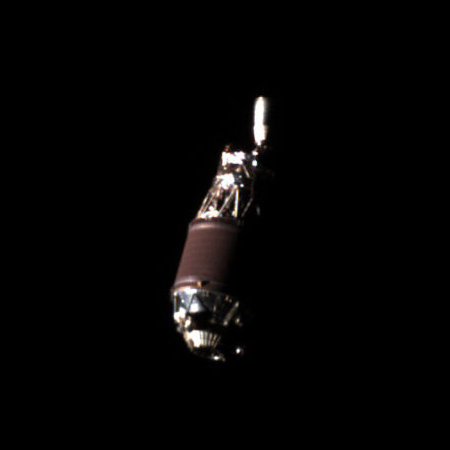Curiosity’s journey in Gediz Vallis approaching its end
Cool image time! The panorama above, cropped, reduced, enhanced, and annotated to post here, was created using 31 pictures taken by Curiosity’s right navigation camera on May 1, 2024. It looks uphill into Gediz Vallis, the slot canyon that the rover has been traversing since August 2022.
The overview map to the right gives the context. The blue dot marks Curiosity’s present position. The red dotted line, on both the panorama and the overview indicate the rover’s planned route, with the white dotted line marking the route it actually traveled. The yellow lines indicate approximate the area covered by the panorama.
Coming into view inside Gediz Vallis is that small outcrop in the center of the canyon that the science team has targeted for inspection for years. It will be the last spot the rover visits in Gediz Vallis before turning west to head uphill in a parallel canyon. To see that route look at the map in this September 2023 post. Curiosity will travel west past two canyons before turning uphill again in the third.
Even then, Curiosity will still be in the low foothills at the base of Mount Sharp. The peak, blocked from view by the mountain’s lower flanks, is still 26 miles away and about 16,000 feet higher up. The journey to get there has really only begun, even after a dozen years exploring Gale Crater.
Cool image time! The panorama above, cropped, reduced, enhanced, and annotated to post here, was created using 31 pictures taken by Curiosity’s right navigation camera on May 1, 2024. It looks uphill into Gediz Vallis, the slot canyon that the rover has been traversing since August 2022.
The overview map to the right gives the context. The blue dot marks Curiosity’s present position. The red dotted line, on both the panorama and the overview indicate the rover’s planned route, with the white dotted line marking the route it actually traveled. The yellow lines indicate approximate the area covered by the panorama.
Coming into view inside Gediz Vallis is that small outcrop in the center of the canyon that the science team has targeted for inspection for years. It will be the last spot the rover visits in Gediz Vallis before turning west to head uphill in a parallel canyon. To see that route look at the map in this September 2023 post. Curiosity will travel west past two canyons before turning uphill again in the third.
Even then, Curiosity will still be in the low foothills at the base of Mount Sharp. The peak, blocked from view by the mountain’s lower flanks, is still 26 miles away and about 16,000 feet higher up. The journey to get there has really only begun, even after a dozen years exploring Gale Crater.














